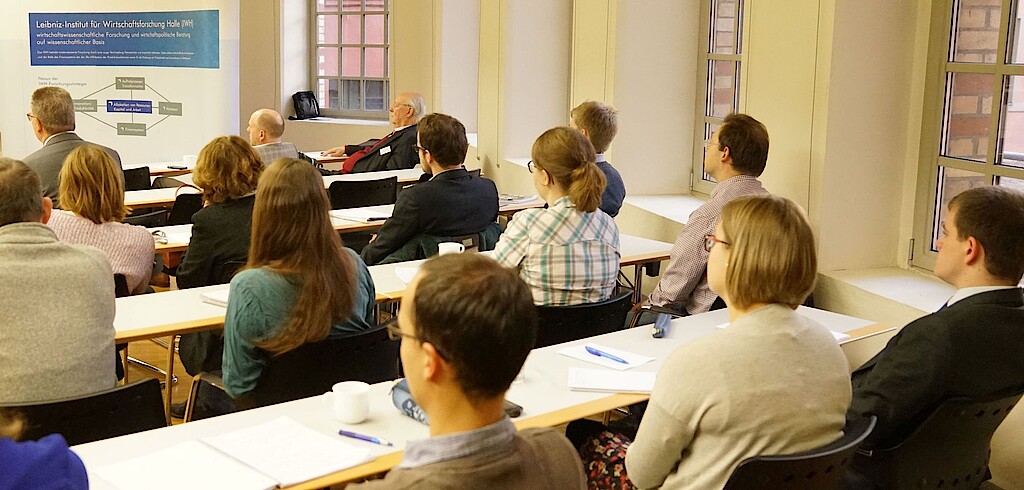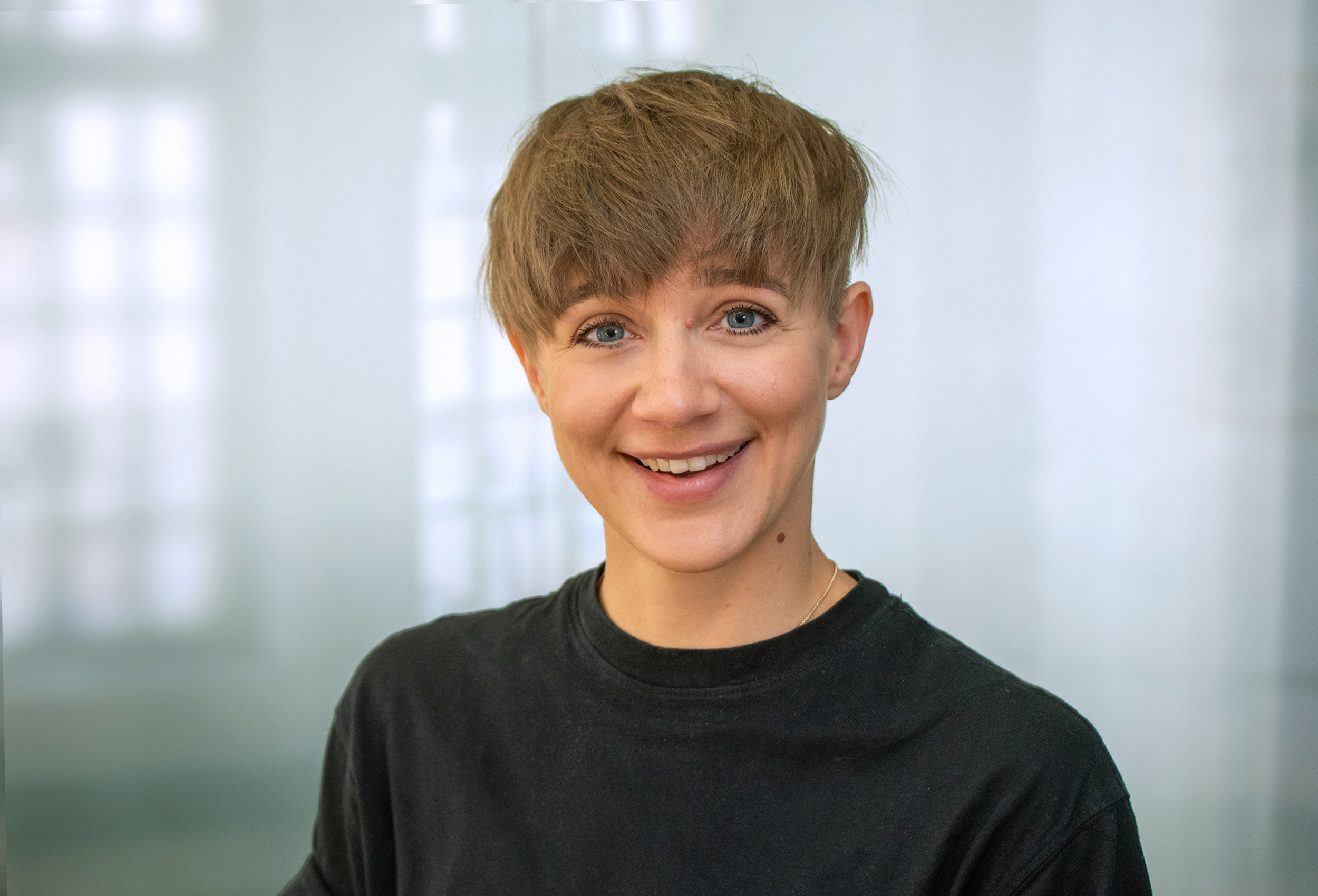
14:15 - 15:45
How Do Banks Compete? Lessons From an Ecuadorian Loan Tax
We study how bank competition affects commercial lending using a quantitative model.
Who
Where
We study how bank competition affects commercial lending using a quantitative model. The model generalizes previous characterizations of bank competition by allowing banks a wide variety of competitive behavior - from setting prices as joint profit maximizers to pricing competitively under Bertrand-Nash competition, where demand-side frictions (e.g., default risk) and preferences determine markups. While recent literature suggests markups under Bertrand-Nash can incentivize banks to address frictions (e.g., monitor), pricing power from joint maximization is unambiguously harmful. We use passthrough estimates from the surprise introduction of a loan transaction tax in Ecuador, and data on the universe of commercial credit, to identify the model and test for modes of competition. We reject pure Bertrand-Nash competition but fail to reject joint maximization. Counterfactual analyses show 26% of observed markups are due to joint profit maximization and that moving to Bertrand-Nash would reduce equilibrium prices by 17%, increase loan use by 21% (intensive margin), and increase overall credit demand by 13% (extensive margin).
To join the lecture via ZOOM, please contact Melina Ludolph.
Whom to contact

Research Group Head
If you have any further questions please contact me.
+49 345 7753-773 Request per E-Mail



